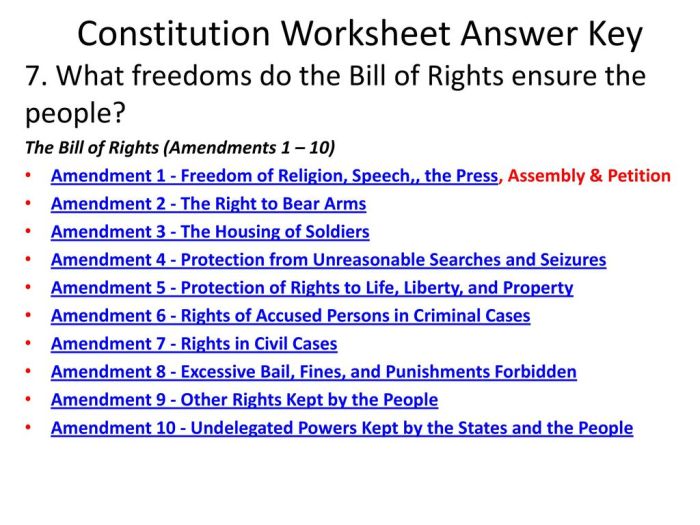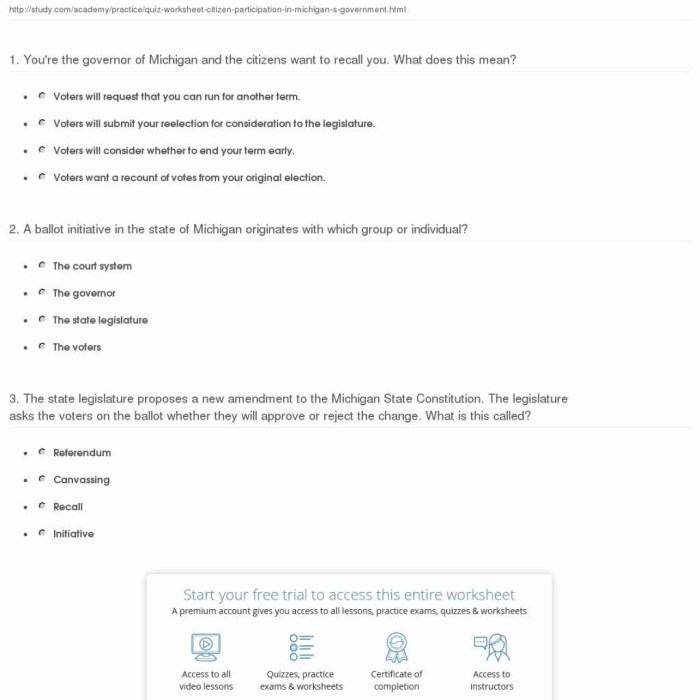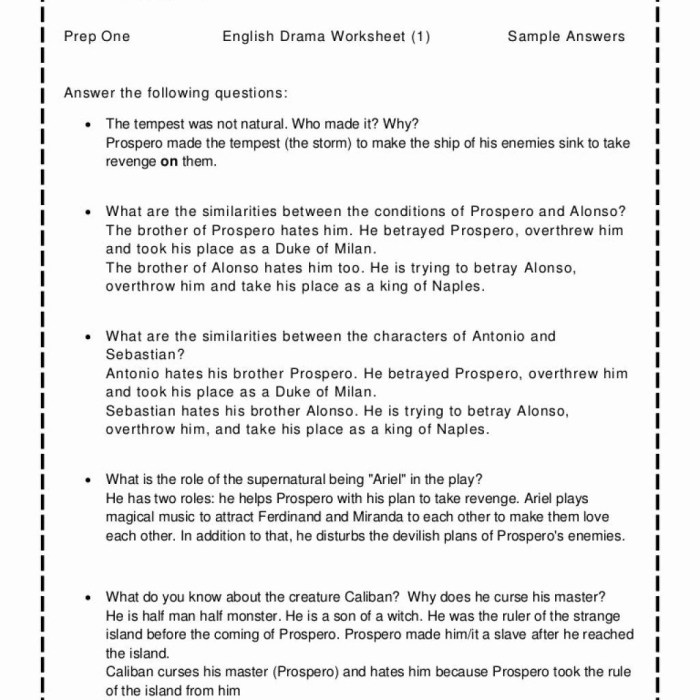Anatomy of the Constitution icivics answers presents a comprehensive examination of the foundational document of the United States, providing a roadmap to understanding its structure, principles, and enduring significance.
This in-depth analysis delves into the intricacies of the Constitution, exploring its origins, key provisions, and the intricate balance of powers it establishes.
Introduction

The United States Constitution is the supreme law of the land, establishing the framework for the federal government and guaranteeing the fundamental rights of citizens. It is a living document that has been amended and interpreted over time to meet the evolving needs of the nation.
The Constitution consists of seven articles, each addressing a different aspect of government. The first three articles establish the legislative, executive, and judicial branches of government, respectively. The Bill of Rights, contained in the first ten amendments, guarantees individual liberties and freedoms.
The remaining amendments address various issues, including the process of amending the Constitution itself.
The Preamble

The Preamble to the Constitution sets forth the goals and aspirations of the nation. It begins with the iconic phrase “We the People,” emphasizing the popular sovereignty that underpins the American system of government.
The Preamble states that the Constitution is intended to “establish Justice, insure domestic Tranquility, provide for the common defense, promote the general Welfare, and secure the Blessings of Liberty to ourselves and our Posterity.” These goals have guided the interpretation and application of the Constitution throughout its history.
The Articles of the Constitution: Anatomy Of The Constitution Icivics Answers
Article I: Legislative Branch, Anatomy of the constitution icivics answers
Article I establishes the legislative branch of the federal government, consisting of the bicameral Congress. The Senate, composed of two senators from each state, provides equal representation to all states. The House of Representatives, based on population, represents the people directly.
Congress has the power to make laws, declare war, raise taxes, and appropriate funds. It also has the power to impeach the President and other high-ranking officials.
Article II: Executive Branch
Article II establishes the executive branch of the federal government, headed by the President. The President is both the head of state and the commander-in-chief of the armed forces.
The President is responsible for executing the laws passed by Congress and appointing officials to various positions within the government. The President can also veto legislation passed by Congress, although Congress can override the veto with a two-thirds vote.
Article III: Judicial Branch
Article III establishes the judicial branch of the federal government, consisting of the Supreme Court and lower federal courts. The Supreme Court is the highest court in the land and has the power to interpret the Constitution and strike down laws that violate it.
The federal courts have the power to resolve disputes between individuals, businesses, and the government. They also have the power to review the actions of the executive and legislative branches to ensure that they are consistent with the Constitution.
The Bill of Rights

The Bill of Rights, consisting of the first ten amendments to the Constitution, guarantees individual liberties and freedoms. These rights include freedom of speech, religion, and the press; the right to bear arms; the right to a fair trial; and the right to be free from unreasonable searches and seizures.
The Bill of Rights is considered the cornerstone of American democracy, protecting citizens from government overreach and ensuring that their fundamental rights are respected.
Amendments to the Constitution
The Constitution can be amended through a process that requires the approval of two-thirds of both the House of Representatives and the Senate, followed by ratification by three-fourths of the states.
Over the years, there have been numerous amendments to the Constitution, including the abolition of slavery, the granting of voting rights to women, and the establishment of term limits for the President.
Amendments to the Constitution have played a significant role in shaping the nation’s history and ensuring that the Constitution remains relevant to the evolving needs of the American people.
FAQ Overview
What is the purpose of the Constitution?
The Constitution establishes the framework for the U.S. government, defining its powers and responsibilities, and safeguarding individual rights.
How many amendments have been made to the Constitution?
There have been 27 amendments to the Constitution, with the first ten comprising the Bill of Rights.
What is the significance of the “We the People” phrase in the Preamble?
The “We the People” phrase emphasizes the popular sovereignty of the United States, indicating that the government derives its authority from the consent of the governed.